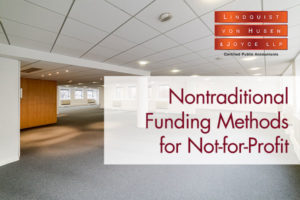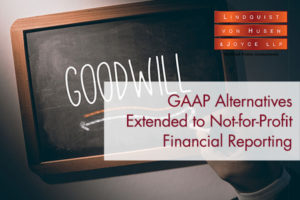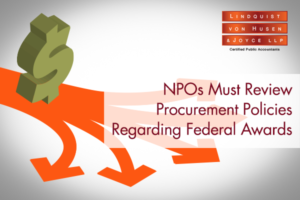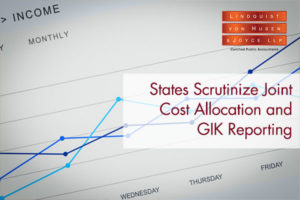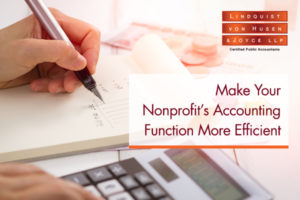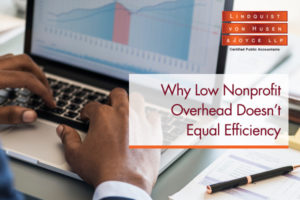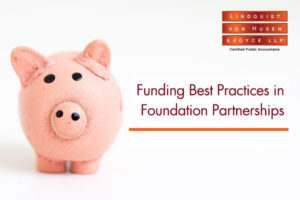Pitfalls of Revenue Recognition for Nonprofits
One of the challenges many not-for-profit organizations face is determining whether or not revenue falls under the category of a contribution or exchange transaction. In some cases, it’s a pretty straightforward determination, but the waters can occasionally become a bit murky. In June 2018, the Financial Accounting Standards Board (FASB) issued the Accounting Standards Update





